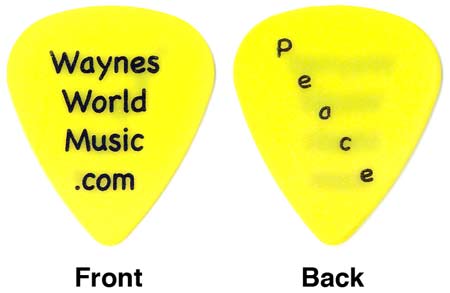If you're like me you decided to learn guitar for two primary reasons: to improve yourself, and to play the songs you love.
You begin by learning string names, some open chords, and a few easy songs.
Somewhere along the way you discover that there's a lot more to playing than learning chords, figuring our strum patterns, or learning a favorite riff or two.
You spend hours learning moveable chord forms, scales, techniques like muting, pull-offs, hammer-ons, more strumming, etc.
Finally, you take the big leap and start to play with others. Almost immediately you're faced with the fact that you need to play chords and notes other than those you practiced. You need to play chords and notes other than those your find written down in TAB or the song books.
Why? The people who sing the songs have a different vocal range than the version you've been learning.
Now what?
You need to transpose the song to a new key.
Once, not long ago, this would have meant sitting down, working through the song with pencil, paper, and your guitar to methodically determine each new chord.
To do it properly, you would need to study basic music theory, learn about the Circle of Fifths, modes, and more. That could take months of study.
Lucky for us, Jim Fleser created The Chord Wheel.
The Chord Wheel:
- Shows you all the chords you can use for a particular key.
- Makes key changes as simple as rotating a dial.
- Helps map out chord changes for your own song-writing.
- Can be used for chord substitutions, progressions, scales, and more!
The Chord Wheel, published by Hal Leonard, is a short 12 pages containing great explanations for using the wheel. The wheel that makes it all possibly is on the front cover of the book. Keys, and their associated chords, are layed out clearly. Changing keys is as simple as turning the sturdy dial.
There's even a web-site with additional explanations and tutorials.
You can pick up The Chord Wheel: The Ultimate Tool for All Musicians at Amazon.com for about $11.
Steve
Still learning...
Helping others do the same at: http://www.Start-Playing-Guitar.Com
